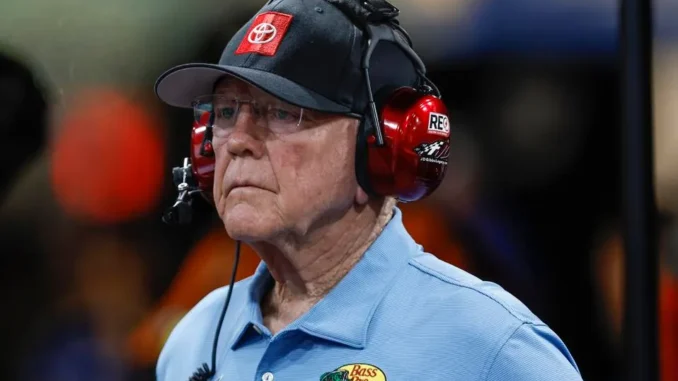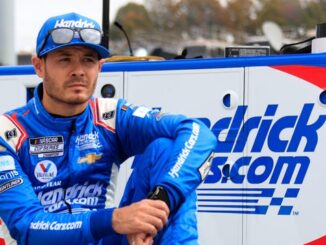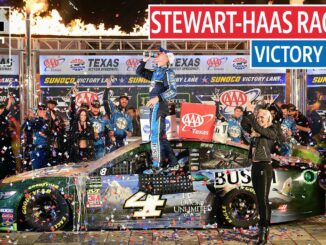
NASCAR, the storied motorsport that has captivated fans for decades, finds itself at a critical crossroads—between life and death in an increasingly competitive sports landscape. As the organization grapples with declining viewership, sponsorship challenges, and the rise of alternative entertainment options, the race for survival has never been more urgent. NASCAR must adapt, innovate, and win over a new generation of fans or risk fading into obscurity.
In recent years, television ratings have dipped significantly, with many traditional sports fans shifting their attention to streaming services, esports, and other entertainment avenues. The demographic that once flocked to racetracks is aging, and NASCAR faces the daunting task of attracting younger viewers who have different expectations and interests. For a sport steeped in tradition, this shift poses a formidable challenge.
NASCAR’s leadership understands that change is essential. The introduction of the Next Gen car was a significant step toward modernizing the sport, with improved aerodynamics, better safety features, and more competitive racing. However, merely updating equipment isn’t enough. NASCAR needs to rethink its marketing strategies and engage with fans through innovative platforms, including social media, streaming, and interactive experiences.
The recent partnership with platforms like Peacock and the expansion of its presence on social media have shown promise. By embracing digital content and live streaming, NASCAR can tap into younger audiences who prefer consuming media in real-time on their devices. Additionally, initiatives like “NASCAR Heat,” a popular video game series, have brought the sport to the gaming community, creating a bridge to a demographic that may not otherwise engage with motorsports.
Another critical aspect of survival is enhancing the in-person experience for fans attending races. Track officials and NASCAR are working to create a more immersive environment, blending entertainment, technology, and fan engagement. Festivals, concerts, and interactive fan zones have become staples at racetracks, transforming race weekends into full-fledged events rather than just races. By fostering a vibrant atmosphere, NASCAR can encourage attendance and build a loyal fanbase.
Moreover, NASCAR’s commitment to diversity and inclusion is crucial for its future. The sport has historically struggled to appeal to a broader audience. Efforts to recruit and promote diverse drivers, teams, and fans are vital in creating a more inclusive environment. Initiatives like the Drive for Diversity program have started to make strides, but the momentum needs to continue to resonate with fans from all backgrounds.
As NASCAR faces these challenges, it’s clear that the stakes have never been higher. The organization must win—both in terms of race outcomes and fan engagement. Success on the track translates to sponsorship deals and increased viewership, which are critical for the financial health of teams and the sport itself. Conversely, failure to adapt could lead to further decline, risking the very existence of a league that has been an integral part of American culture.
In conclusion, NASCAR stands at a pivotal moment in its history. The need for evolution is paramount; it must embrace change, attract new fans, and innovate its approach to survive in an ever-evolving entertainment landscape. The race for NASCAR’s future is on, and whether it can secure a victory in this battle for relevance remains to be seen. It’s a high-stakes race where the finish line is not just a trophy, but the very survival of the sport itself.



Be the first to comment